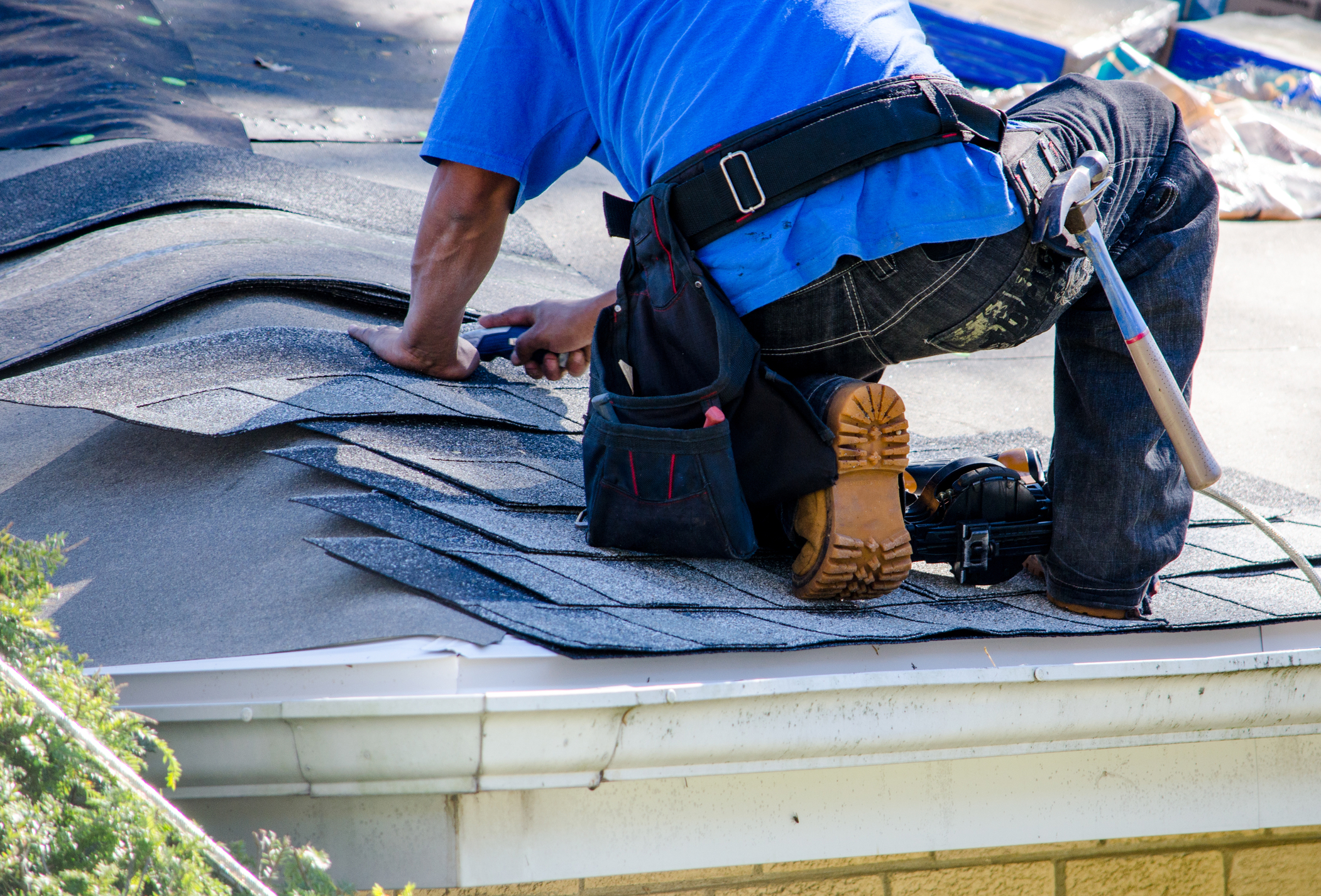Are you ready to handle significant operational expenses to ensure your investment in real estate remains viable over the long haul? A critical component to stay in the game are capital reserves for investment properties – below we offer insights on proactively funding them.
What Are Capital Reserves?
Let’s start with the basics: Capital reserves are earmarked for capital expenditures, which entail funds allocated for significant property upgrades or improvements. These expenditures, unlike routine operating expenses, typically involve one-time major investments.
For tax purposes, capital expenditures must be depreciated over the asset’s useful life (please consult your CPA for details on this important component), while routine operating expenses are fully deductible in the year they’re incurred. Examples of capital expenditures include replacing entire heating and air conditioning systems or roofs, while operating expenses may include plumbing service calls or minor AC repairs.
How Much Capital Reserves Should a Real Estate Investor Have?
Single-family real estate investors don’t need intricate budgets to determine reserve amounts for capital expenditures. The most effective approach is to assess the remaining useful life of significant components in your property.
Here’s a partial list (sourced from the National Association of Home Builders) along with estimated useful life spans and is dependent on upkeep and occurrence of extreme events (e.g., hurricane):
Asphalt shingle “3-tab” roof: 15-20 years
Asphalt shingle “Architectural” roof: 20-25 years
Windows: 30 years
AC condensing unit: 15-20 years
Heating furnace: 20 years
Wood siding: 20 years
Countertops: 20 years
Decks: 10-15 years
Vinyl siding: 25 years
Carpet: 5-8 years
Exterior paint: 5-10 years
If your property has numerous big-ticket items nearing the end of their useful lives, you’ll need to set aside more funds compared to a new construction property.
While there’s debate over the appropriate reserve amount, on average, we recommend that investors should allocate 10% of gross annual rent towards capital expenditures. For instance, if your property rents for $1,500 a month, budgeting $1,800 annually for capital expenditures is advisable. This is in addition to the 3 to 6 months in rent reserves we recommend holding.
However, capital expenditures typically occur irregularly, and when they do, the costs are often substantial. For example, replacing an HVAC system or roof can range from $4,000-$15,000 or more. Finding yourself with $0 reserves in the middle of the Summer when the HVAC goes out (as they sometimes do) will not only yield a disgruntled tenant for the short term, but it could have legal implications as well as increase tenant churn.
In Summary
By assessing the age of your investment property’s capital assets, you can determine a comfortable reserve amount for future expenditures. The key is to anticipate potential replacements and ensure you have sufficient funds when needed.
You don’t want to find yourself without reserves when crucial systems fail unexpectedly. Planning ahead prevents unpleasant surprises and ensures timely repairs, ultimately maintaining tenant satisfaction and safeguarding your investment’s long-term value.
Remember, proactive maintenance saves money in the long run and fosters tenant satisfaction, leading to higher lease renewal rates. Prioritize maintaining adequate capital reserves to facilitate necessary repairs and upgrades, benefiting both you and your tenants.
Ensure the long-term quality of your asset by maintaining adequate capital reserves for essential repairs and upgrades. Your tenants and future self will appreciate the foresight and care when the time comes to sell your asset.

